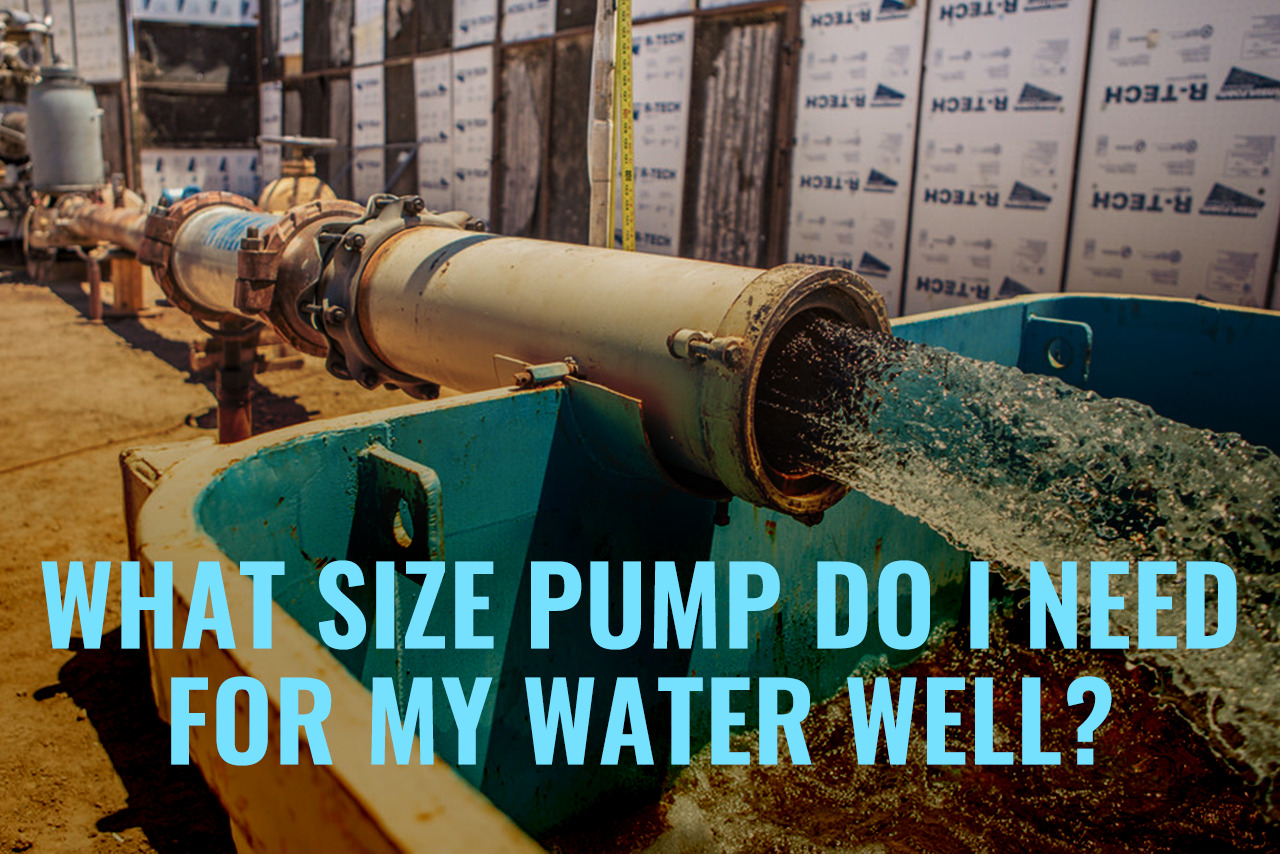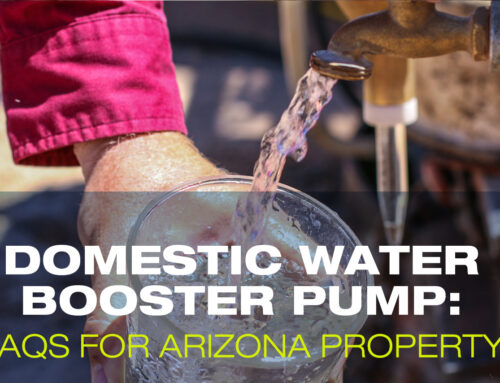According to the Environmental Protection Agency, more than 23 million households relied on private water wells in the USA.
In a country where most citizens live in towns and cities, these individuals have easy access to drinkable or potable water.
If you’re in a household where you’re required to select between submersible water pumps – your choice matters.
But before we get ahead of ourselves, there are a few types of pumps you can select for your water needs.
But what are these types of pumps?
Types of Pumps on the Market
There are three main types of pumps on the market. These include:
Centrifugal Pumps
These pumps are used for well depths around 25 feet.
When referring to the centrifugal forces exerted by these pumps, these forces suck up the water.
These are low-cost, as they are above-ground and low-pressure solutions.
Jet Pumps
Jet Pumps are the most advanced pumps on the market and are capable of delivering more liquid.
Like centrifugal pumps, the main motor remains above the ground and creates a suction via impellers.
It differs when it moves the liquid through a narrow jet, increasing water pressure.
Submersible Pumps
The versatility of submersible pumps makes them the most popular unit for homeowners.
According to Ground Water Governance, the average water table depth in Arizona is 300 feet.
If you’re looking to connect your home to a well, you’re going to need a submersible pump.
Now that you know what type of pumps are out there, you maybe be asking yourself, “How to calculate well pump size?”
How to Calculate Well Pump Size
There are several calculations you need to make before purchasing a pump.
Pump Figures and Calculations
While most would assume horsepower is the most important figure on a pump – it isn’t.
Pumps with the same HP can deliver different results, namely in gallons per minute (GPM).
GPM means how much liquid you can extract in a minute at optimum conditions.
And pounds per square inch (PSI) measures the pressure the pump can handle.
You can calculate how big your pump needs to be with these figures added together getting the total dynamic head (TDH).
The TDH needs to be calculated twice for best and worst-case scenarios.
As an example, let’s say your pump needs to pump from 300 feet down in the best conditions and 400 in the worst.
While maintaining a 50 PSI (115 feet) while delivering a steady 15 GPM.
The basic formula is, 300 + 115 = 315 TDH or 400 + 115 = 415 TDH.
Your pump will need to be able to produce around 350/450 TDH.
Then to be sure it can pump at 15 GPM, you can review the pump curve.
On the packaging of the pumps, it will inform you of the HP of the pumps as well as the most efficient depth they can operate at while maintaining a certain pressure, and GPM.
And as a rule of thumb, make sure not to purchase a pump that is too large for the well capacity.
If you’re unsure of its capacity, call an expert to test.
If this is all a bit complex, maybe it’s time to bring in the professionals.
Get Your Submersible Water Pumps From Pump It Up & Empire Pump
Operating since 1946, Pump It Up & Empire Pump has been servicing and installing the best submersible water pumps across Arizona.
We’ve been there, done that, and sunk the water pump. Call us today.
Do you need an answer to the common question, “What size pump do I need for my water well?” We can help! Since 1946, the team at Empire Pump and Pump It Up has been helping Arizona residents with well pump repair and installation needs! Give our team a call today at (623) 582-5069 or request service online.
Keep Reading About Well Pumps Here:






